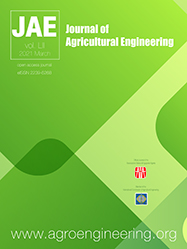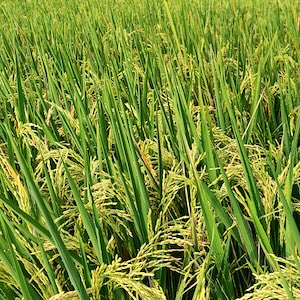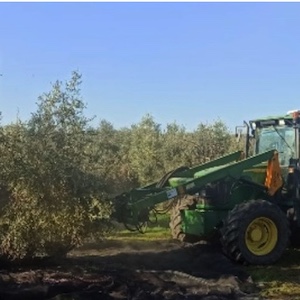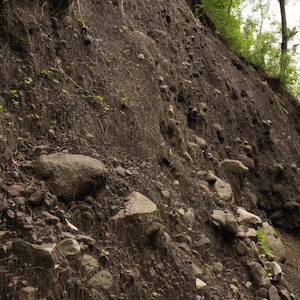Optimization of multioutlet hydrant location and pressurized irrigation network layout using the GRASP metaheuristic
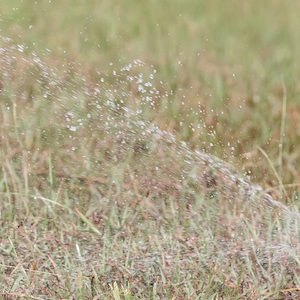
All claims expressed in this article are solely those of the authors and do not necessarily represent those of their affiliated organizations, or those of the publisher, the editors and the reviewers. Any product that may be evaluated in this article or claim that may be made by its manufacturer is not guaranteed or endorsed by the publisher.
Authors
The cost-effectiveness of collective irrigation networks hinges on several factors, encompassing both construction and operational expenses. Optimizing these networks is crucial for the profitability of irrigation communities. Additionally, the placement of network elements on the irrigable surface significantly impacts future maintenance and repair costs. In conventional irrigation network sizing methods, only the optimization of pipe diameters is taken into account, leaving aside the rest of the factors. This study delves into the significance of factoring in the cost of multioutlet hydrants during network design and how their positioning affects the overall cost. Typically, the design phase overlooks this aspect, resulting in suboptimal placements that strain hydraulic capacity and neglect associated costs. To address this, the study proposes an optimization approach utilizing geographic information systems (GIS) and the greedy randomized adaptive search procedures (GRASP) algorithm. By determining the optimal location and number of multioutlet hydrants required, the methodology aims to enhance network efficiency, on the one hand, in hydraulic terms when considering the sizing of the multioutlet hydrant and in economic terms in reference to the cost of installation and subsequent maintenance. Comparative analysis with networks designed using conventional methods reveals significant improvements, with up to 31.1% more hydrants required and a 14.8% reduction in overall costs. By obtaining a greater number of multioutlet hydrants, both the diameter and the linear meters of connections to the plot to be drawn are considerably reduced, which greatly reduces land excavation. This underscores the importance of strategically siting multioutlet hydrants to minimize expenses associated with network elements like conduits and civil works. Ultimately, optimizing hydrant placement enhances service quality while simultaneously reducing operational costs, thus enhancing the sustainability of collective irrigation systems.
How to Cite

This work is licensed under a Creative Commons Attribution-NonCommercial 4.0 International License.

